Your guide to understanding how roll works on artificial turf.
The Physics of Golf
Physics. It influences everything around us, and also the popular game of golf.
Physics, defined as the nature and properties of matter and energy: the striking of the ball, the ball’s flight through the air, the initial bounce, and the concluding roll out.
In an ideal situation, the ground in the direction of the shot would be perfectly flat, perfectly uphill, or perfectly downhill would be perfectly flat, perfectly uphill, or perfectly downhill in the direction of the shot. This would make targeting the ball into the hole a simple task by hitting it in a straight line.
Oftentimes you’ll find that the ground is sloped. In this case, the ball’s roll cannot be a straight line to get in the hole, meaning it’s a more challenging task. In this case, the ball now must follow a particular curved path to get into the hole. Whether the ball is required to curve depends on the degree of the slope and undulation of the putting green.
Regardless of if synthetic turf or natural turf is chosen to construct your ideal backyard putting green, the physical properties of the ground factor into the performance. We employ a blend of commonly used golf course tests and proprietary playability testing.
A typical test to measure ball roll is the stimpmeter test. Stimp testing is calculated by the distance a ball rolls on artificial turf in meters when dropped from a one-meter height. The ball-to-surface interaction of the grass is directly correlated to the distance the ball rolls.
The proprietary playability testing for roll provides an analysis of the consistency of outputs with a standard putting stroke. This test analyzes the initial bounce of the club face and the spin to roll transition.
Now we’ll take a harder look at the components that impact how a golf ball reacts and rolls on a turf.
Green Characteristics
Product Construction: Plastics that are extruded and recycled and come in an assortment of constructions, colors, and lengths. Proper construction is crucial to enable key putting green installation practices; construction enables turf to be infilled and rolled. Properly rolled fibers look and play like natural greens.
Pile Height: How thick and tall the grass blades are will provide varied frictions; impacting the speed and smoothness of the putt.
Fiber: Fiber composition will have a notable effect on how a golf ball moves throughout the putt. Friction and pile lay are impacted by fiber composition. How the ball interacts with the surface is affected by how the turf lays.
Infill: Integral to the turf system, infill is made of rounded washed silica. Infill allows ballast and improves drainage. Infill shape is critical to performance; sharp edges and angles impede roll.
Aggregate Base: Compacted stone creates challenging slopes and undulations; the result performs and drains like a championship golf course.
The science in creating a Backyard Putting Green that performs like a Championship Golf Green requires the ideal raw materials with elite-proven-tested installation techniques. Very important when you are on the putting green trying to gently get the ball into the hole.
The Southwest Greens Difference
Southwest Greens has been able to quantify key performance indicators. By understanding what variables affect performance, we are able to reproduce natural greens.
With Golden Bear Turf, you will enjoy smoother rolls comparable to playing on your favorite championship course. Scientifically tested and designed to reproduce natural grass, from the initial bounce off the clubface... to the spin transition… to the smooth ball roll into the cup...
Golden Bear give you only the best! It’s the ideal backyard practice putting green offering the most realistic putting surfaces you can find on the market.
